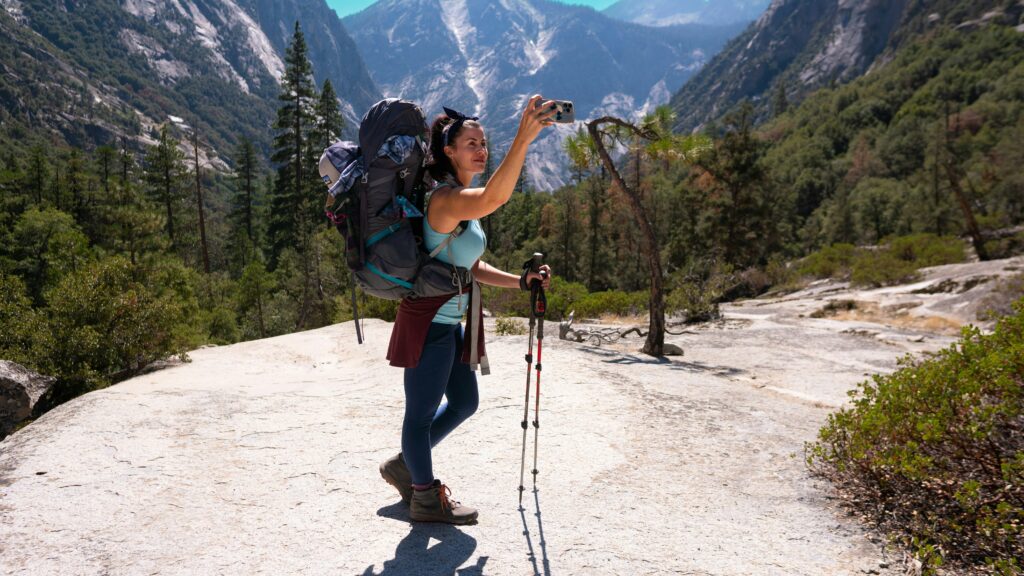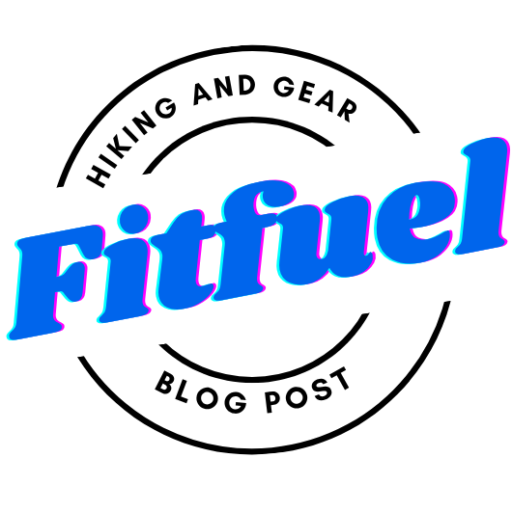Your Adventure’s Best Friend: Dive Deep into Hiking Backpacks for 2025
So, you’ve dreamed up your next great outdoor escape – perhaps tackling a challenging peak in the Spring Mountains or venturing into the vast expanse of Red Rock Canyon. You’ve got your boots, your trail plan, and your hydration sorted. But there’s one piece of gear that will literally carry your adventure: your hiking backpack.
This isn’t just a sack to throw your stuff in. A well-chosen hiking backpack is an extension of your body, a meticulously designed system that distributes weight, organizes gear, and ultimately dictates your comfort and endurance on the trail. And with 2025 bringing new innovations, there’s never been a better time to learn what makes a great pack truly shine.
More Than Just a Bag: The Science of a Great Hiking Backpack
Modern hiking backpacks are engineering marvels. They’re built on core principles that make a massive difference to your experience, especially when you’re loading up for a multi-day trek or navigating technical terrain common in our Nevada backyard.
1. The Crucial Role of Fit: It’s All About Your Torso
This is the golden rule of backpack buying. A pack isn’t “one size fits all.” It needs to fit your torso length, not your height. Most of the pack’s weight (around 70-80%) should ride on your hips via a well-padded hip belt. If the pack is too long or too short for your torso, the weight won’t distribute correctly, leading to shoulder pain, an aching back, and an overall miserable hike.
- What to Look For: Many 2025 models offer highly adjustable torso lengths. Visit a specialty outdoor store (like those found in or near Las Vegas) where experts can measure you and help you properly fit a pack.
- Why it Matters for 2025: Brands are continuing to refine quick-adjust systems, making it easier than ever to dial in a perfect fit without complex tools.
2. Suspension Systems: The Engine of Weight Transfer
Behind the fabric, the internal frame and suspension system are working tirelessly. They provide the structure that transfers the load from your shoulders to your hips.
- Internal Frame: Most common, these use aluminum stays or composite framesheets to maintain the pack’s shape and transfer weight effectively. They offer a close-to-body fit for better stability.
- Ventilation: For hot climates like ours, good back panel ventilation (mesh suspension systems, trampoline-style designs) is a game-changer. It creates airflow between your back and the pack, reducing sweat and increasing comfort.
- What to Look For: In 2025, look for innovative mesh designs and ergonomic padding that promise better airflow without sacrificing stability.
3. Capacity: Matching Your Trip to Your Pack Size
The size of your pack (measured in liters) should directly correspond to the length and style of your trip:
- Day Packs (10-30 Liters): For short hikes with water, snacks, and a light layer.
- Overnight/Weekend Packs (30-50 Liters): For 1-3 day trips, fitting sleeping gear, food, and essentials.
- Multi-Day/Backpacking Packs (50-75+ Liters): For longer treks (3+ days) requiring more food, gear, and potentially specialized equipment.
Why it Matters for 2025: Expect to see even more efficient compression systems on larger packs, allowing them to shrink down for lighter loads, and smarter organization in day packs.

Your Next Step: The “Loaded Try-On”
Learning about features is great, but the true test comes when you actually try on a pack. Always try on a backpack with weight in it, simulating what you’d carry on a hike. Walk around the store, adjust all the straps (hip belt, shoulder straps, load lifters, sternum strap), and feel how the weight settles. A knowledgeable sales associate can guide you through this process and make sure the fit is dialed in.
Your backpack is more than just gear; it’s a partner that will share every step of your journey. By understanding these key aspects, you’ll be well-equipped to choose a hiking backpack for 2025 that carries your dreams – and your gear – comfortably into the wild.
Hiking backpack lightweight. https://amzn.to/3Gd7wWp
Hiking backpack lightweight Waterproof. https://amzn.to/4kV5ERr



